Peak heat, drought and salinity
In recent days, intense heat has returned to many places in the South such as Dong Nai, Binh Duong, Binh Phuoc, An Giang, Dong Thap, Vinh Long... Under the scorching sun, every day, Mr. Nguyen Van Tai in Tan Tuyen commune (Tri Ton, An Giang) has to go to the field to monitor the rice that is about to bloom.
Mr. Tai said that this area is the source of the Mekong River, so there is no need to worry about water shortages or saltwater intrusion. However, the late winter-spring rice crop is currently facing unfavorable weather conditions, so there are many pests and diseases. The many pests and diseases are also due to the fact that since last year, people have increased the number of crops because rice prices are high. Since after Tet, the intense heat has also caused leaf blight. Therefore, this crop requires much more fertilizer and pesticides, but the rice is not as good as previous crops, and it is likely that the yield will decrease by about 10-15%.
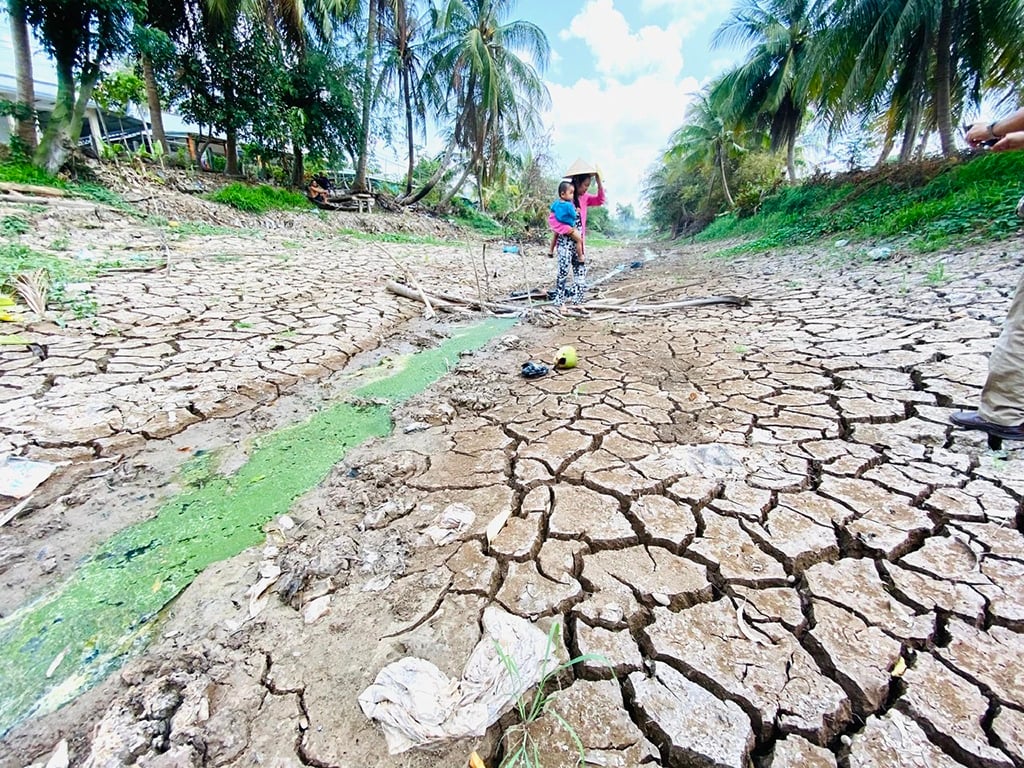
Some canals and ditches in the fields are dry.
Meanwhile, in coastal areas, in addition to the hot weather, people also have to face the phenomenon of saltwater intrusion, which affects both production and daily life. In the first days of March, the 4‰ salinity line penetrated about 58 - 63 km from the Tien River mouth and about 40 - 50 km from the Hau River mouth. To cope with the saltwater intrusion, people have proactively stored water for production as well as pruned branches, even flowers and young fruits of perennial plants to reduce the amount of water consumed by the plants.
Severe heat returns to the South, lasting for the next 3 months
In some places, people use well water to irrigate plants or neutralize natural salinity or compensate for evaporated water to keep salinity below the tolerance threshold of plants. In addition, local authorities also proactively monitor salinity developments and close salinity prevention sluices according to recommendations from meteorological agencies.
According to the Department of Irrigation (Ministry of Agriculture and Rural Development), it is currently the peak of the 2023-2024 dry season, so the saline intrusion in the Mekong Delta will continue until April - May. So far, no damage has been recorded due to drought and salinity, but the whole region still has about 29,260 hectares of rice at risk of being affected. This is the late winter-spring crop area produced outside the plan (the area is recommended not to sow after January 15, 2024). Specifically, Tien Giang 1,400 hectares, Ben Tre 2,500 hectares, Tra Vinh 13,000 hectares, Soc Trang 6,000 hectares and Ca Mau 6,360 hectares.
Saltwater penetrates deep into Saigon River
Currently, it is the high tide period in the first month of the second lunar month. Update from the Southern Hydrometeorological Station said: The peak of the high tide may fall on March 11-13. Due to the strong northeast monsoon, the high tide will push salt water deep into the main river branches. On the Saigon River, the 4‰ salinity boundary may penetrate 75-80 km deep, an increase of 5 km compared to the current level. The risk level is level 3.
Meanwhile, in the Mekong Delta provinces, due to the low water flow from the upstream of the Mekong River, salinity has penetrated deeply. In the coming days, when the high tide reaches its peak, the 4‰ salinity boundary on the Tien River can penetrate 60 - 65 km deep, and the Hau River about 45 - 55 km. And from now until the end of the dry season in 2024, there will still be 2 - 3 periods of high salinity intrusion following high tides.
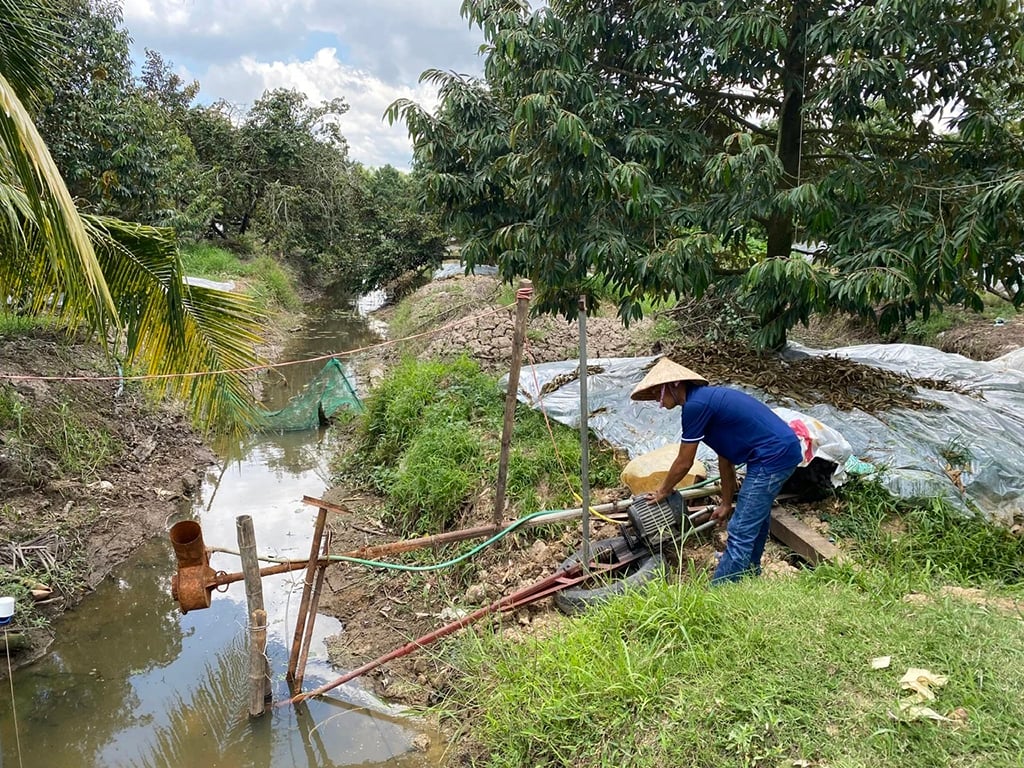
Many gardeners proactively respond to drought and salinity
MSc. Le Thi Xuan Lan, former Deputy Head of the Forecast Department of the Southern Hydrometeorological Station, said: Although El Nino is weakening, its impacts still remain. Meanwhile, the South is entering the peak of the dry season, which will last throughout March and the first half of April. Due to the impact of El Nino and climate change making the atmosphere warmer, the absolute highest temperature may approximate the historical value. The historical temperature in Ho Chi Minh City reached 39.6 degrees Celsius, recorded in 1998.
In localities such as Dong Phu, Long Khanh, Bien Hoa (Dong Nai), the temperature reached 40 degrees Celsius or even exceeded 40 degrees Celsius. "It should also be noted that this is the temperature in the meteorological tent and the perceived temperature can be 2 - 4 degrees Celsius higher depending on the area. The heat is getting more and more intense in the Southern region. People should pay attention to weather reports from the meteorological agency to proactively take appropriate health protection measures," Ms. Lan advised.
Mr. Nguyen Nhu Cuong, Director of the Department of Crop Production (Ministry of Agriculture and Rural Development), said that to cope with the salinity intrusion this year, the Department has planned to plant early winter-spring rice since the beginning of the dry season. In addition, the salinity intrusion in the main river mouths of the Mekong Delta mainly follows high tides. "We have also recommended that local authorities closely monitor the developments of salinity intrusion to close sluice gates when salinity exceeds the allowable level. When the salinity recedes, fresh water from upstream can be opened to store fresh water for production. In addition, the Department also closely monitors the developments of drought and salinity as well as requests local professional agencies to guide farmers on technical measures to ensure production in adverse weather conditions," said Mr. Cuong.
Prime Minister continues to direct saltwater intrusion prevention and drought fight
Last weekend, Prime Minister Pham Minh Chinh continued to sign Official Dispatch No. 19 requesting relevant ministries, branches and localities to focus on responding to the peak of saltwater intrusion in the Mekong Delta.
Accordingly, the Ministers and Chairmen of the People's Committees of the provinces and centrally-run cities in the Mekong Delta region are requested to continue to closely monitor the situation and implement the Prime Minister's direction in Official Dispatch No. 04/CT-TTg dated January 15, 2024 on proactively responding to the risk of drought, water shortage, and saltwater intrusion.
The provinces of Ben Tre, Tien Giang, Hau Giang, Soc Trang, and Tra Vinh proactively allocate local resources, mobilize on-site forces and means, and immediately deploy necessary measures appropriate to the specific local situation to ensure fresh water sources for production and daily life of the people, resolutely not allowing people to lack water for daily life or have to use water that does not ensure quality. Closely monitor the situation of water shortage and saltwater intrusion in each area in the locality to proactively deploy specific and appropriate response measures.
Assign Deputy Prime Minister Tran Luu Quang to directly monitor and direct the implementation of the telegram.
Ensuring fresh water for daily life
Recently, many water plants in Ben Tre and Tien Giang have been affected by salinity. In order to have water for people's daily life, these units have to hire barges to transport raw fresh water from the upstream area for treatment to serve the people. This is expected to last for the next 2-3 months. According to the Steering Committee for Natural Disaster Prevention and Search and Rescue of Tien Giang province, the canals and streams in the Go Cong freshwater area (including the districts of Cho Gao, Go Cong Tay, Go Cong Dong and Go Cong town) and Tan Phu Dong island district (Tien Giang) are gradually drying up.
This is an area without fresh groundwater, so the story of salt water is always the biggest obsession for residents. The need for fresh water supply for this area is about 80,000 m3/day and night, while the maximum supply of pipelines is only about 60,000 m3/day and night. Therefore, the province has opened 28 public water taps in Go Cong Dong and Tan Phu Dong districts to provide free water to the people. Currently, the pipeline from Dong Tam Water Plant has exceeded its capacity, leading to some water taps at the end of the line in the eastern region being weak, lacking water locally and very difficult to fix.
Bac Binh
Source link



![[Photo] Hundred-year-old pine trees – an attractive destination for tourists in Gia Lai](https://vstatic.vietnam.vn/vietnam/resource/IMAGE/2025/4/17/25a0b7b629294f3f89350e263863d6a3)
![[Photo] General Secretary To Lam attends conference to meet voters in Hanoi city](https://vstatic.vietnam.vn/vietnam/resource/IMAGE/2025/4/17/889ce3da77e04ccdb753878da71ded24)
![[Photo] North-South Expressway construction component project, Bung - Van Ninh section before opening day](https://vstatic.vietnam.vn/vietnam/resource/IMAGE/2025/4/17/ad7c27119f3445cd8dce5907647419d1)
![[Photo] President Luong Cuong receives UN Deputy Secretary General Amina J.Mohammed](https://vstatic.vietnam.vn/vietnam/resource/IMAGE/2025/4/17/72781800ee294eeb8df59db53e80159f)
![[Photo] President Luong Cuong receives Lao Prime Minister Sonexay Siphandone](https://vstatic.vietnam.vn/vietnam/resource/IMAGE/2025/4/17/337e313bae4b4961890fdf834d3fcdd5)






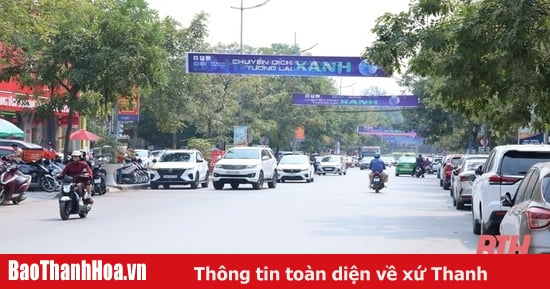




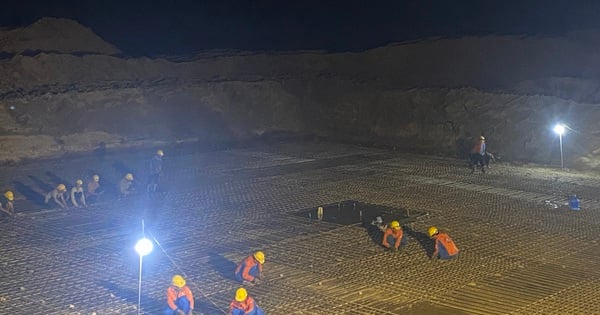



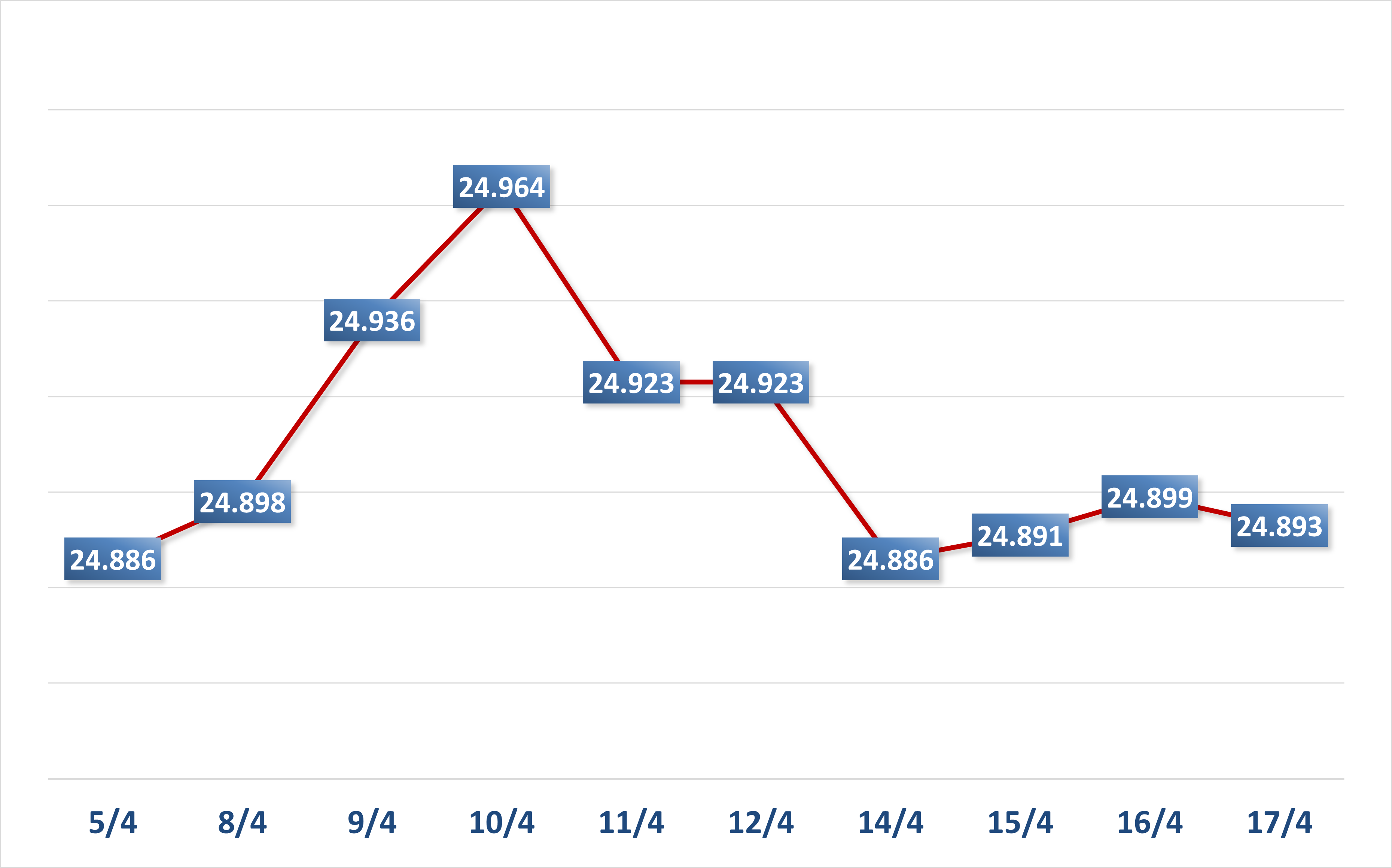









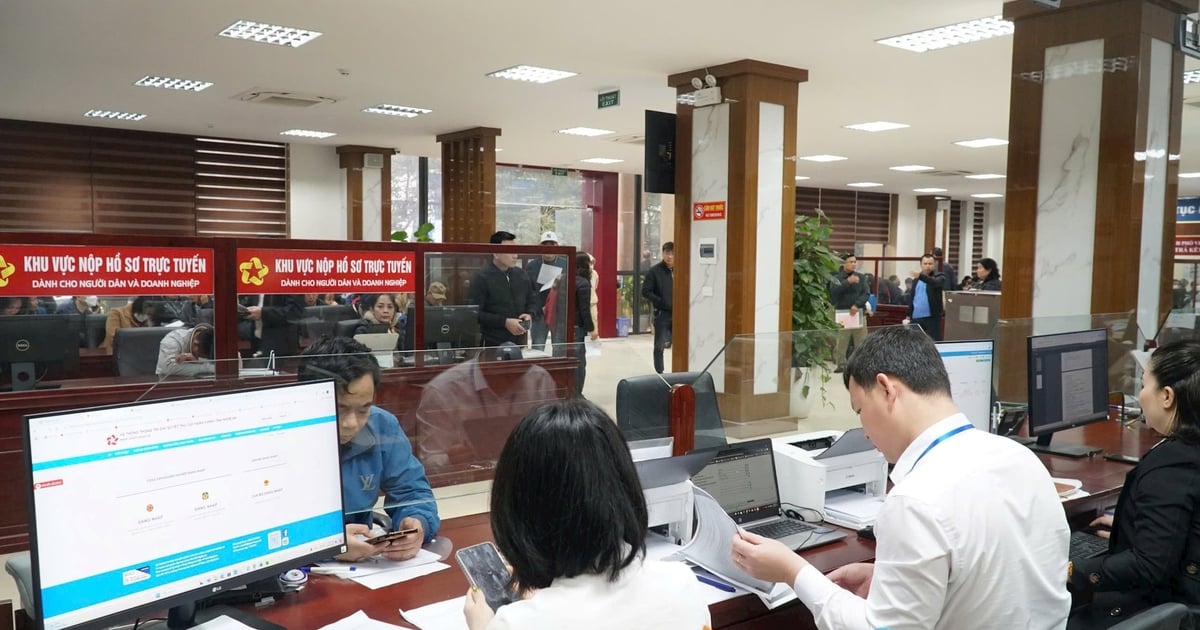






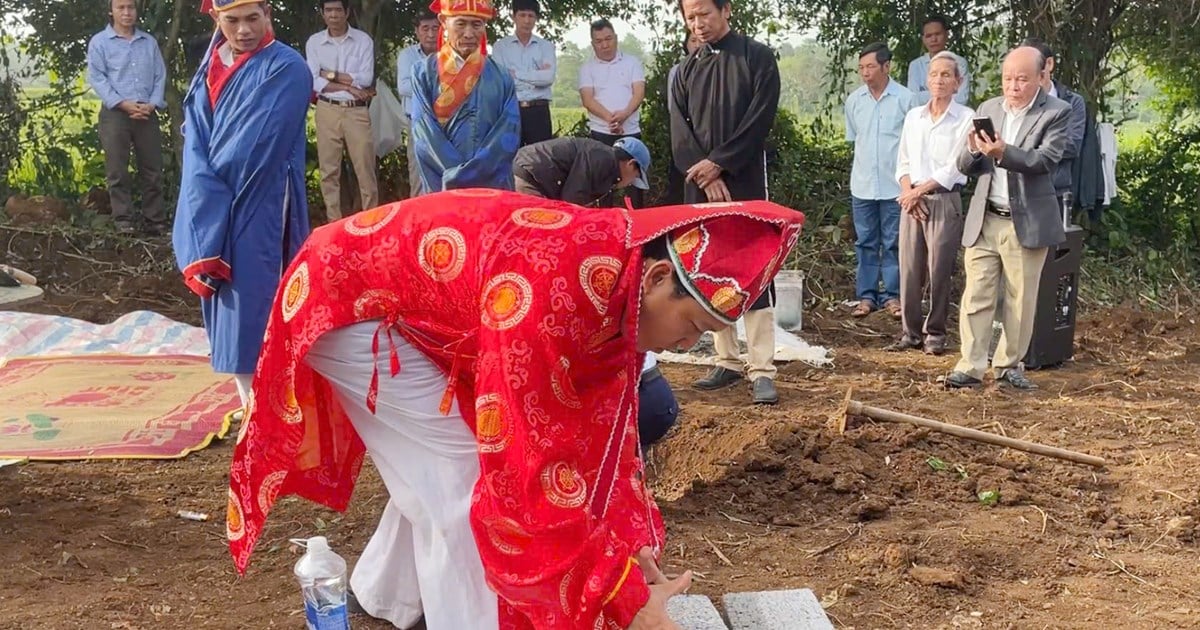

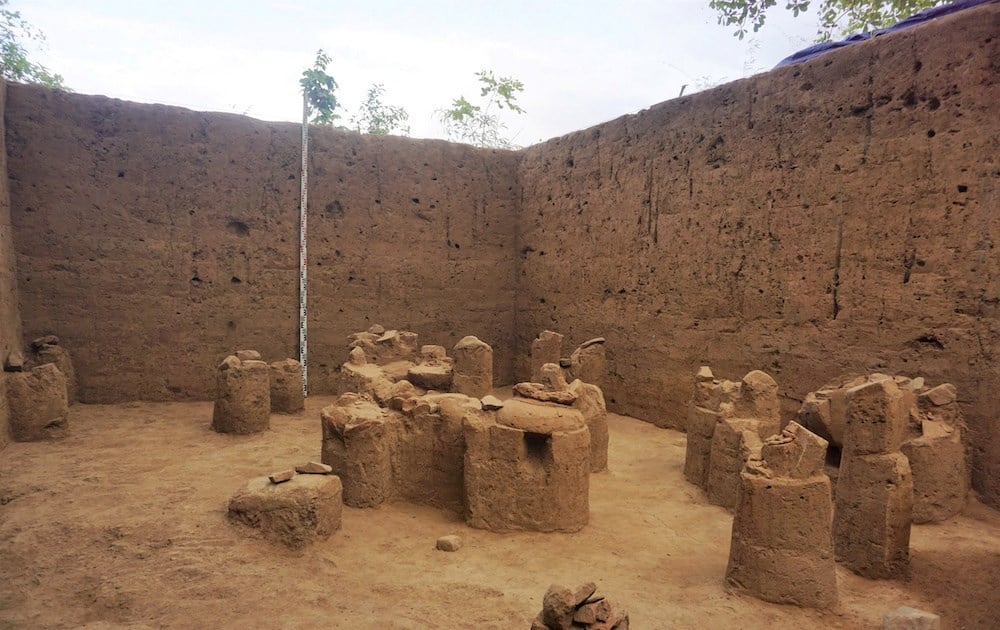
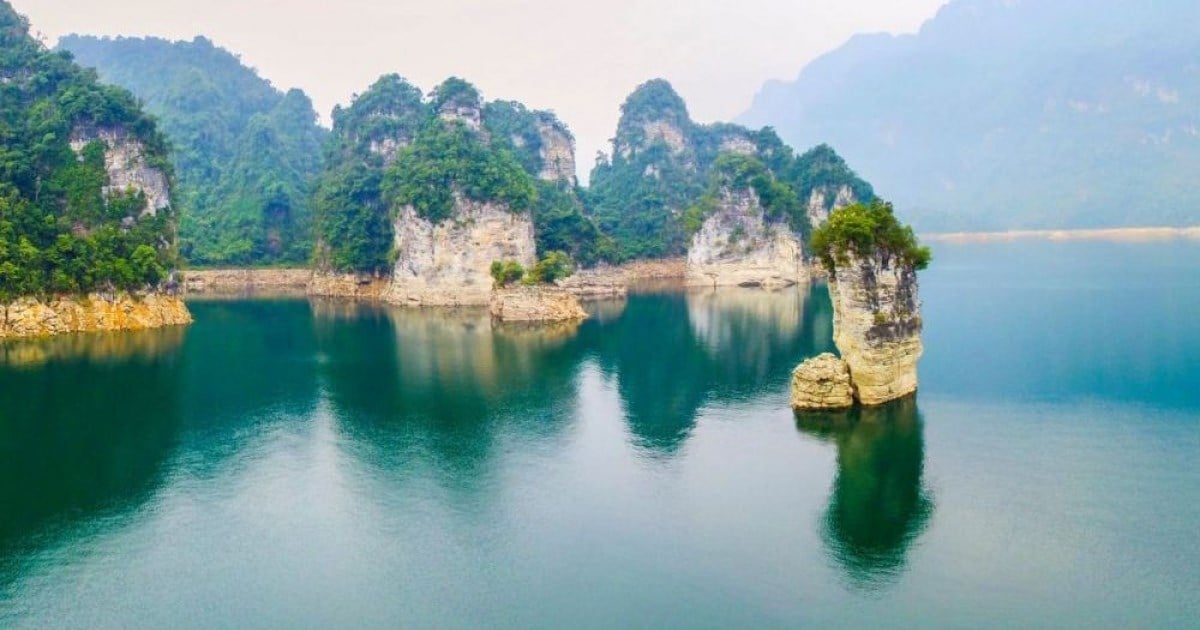









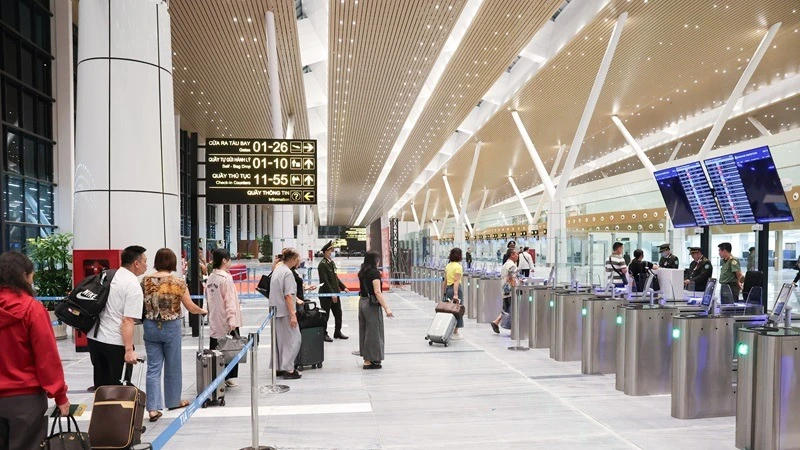



![[Video] Viettel officially puts into operation the largest submarine optical cable line in Vietnam](https://vstatic.vietnam.vn/vietnam/resource/IMAGE/2025/4/17/f19008c6010c4a538cc422cb791ca0a1)
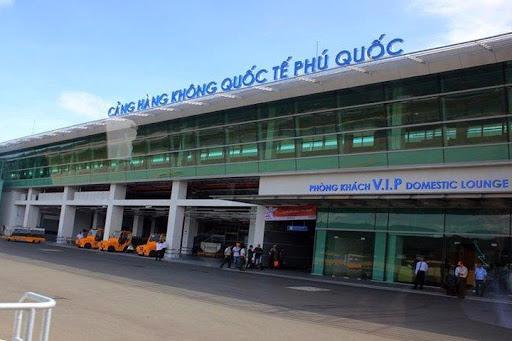









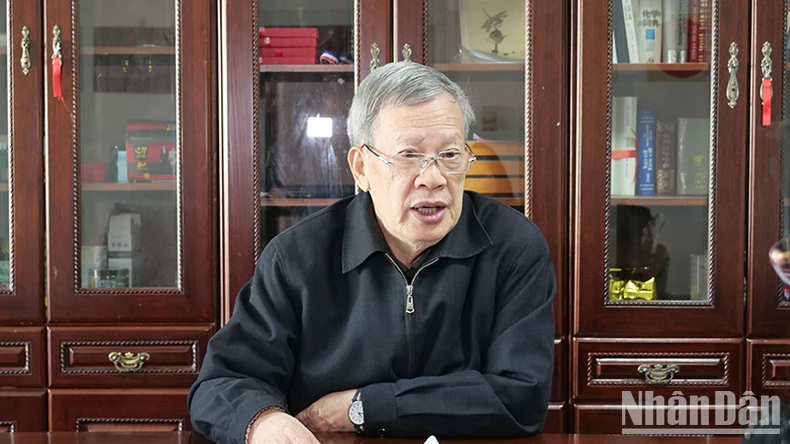

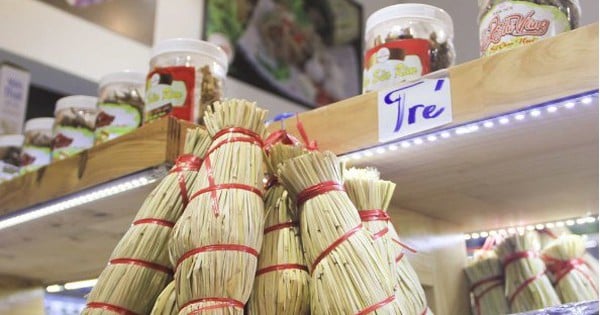













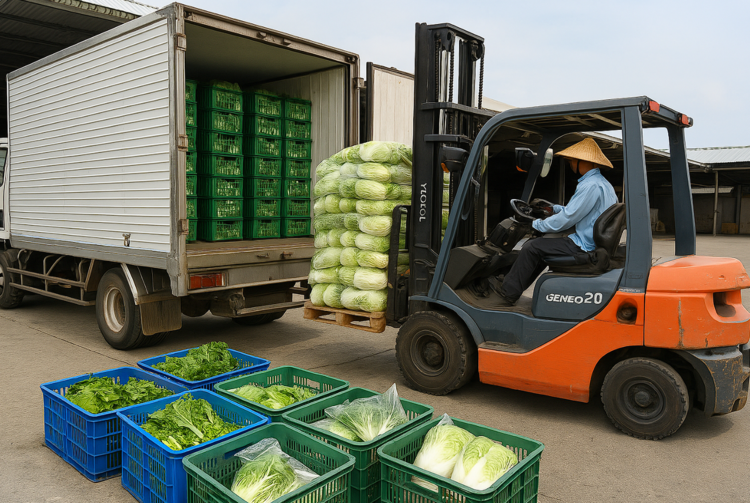
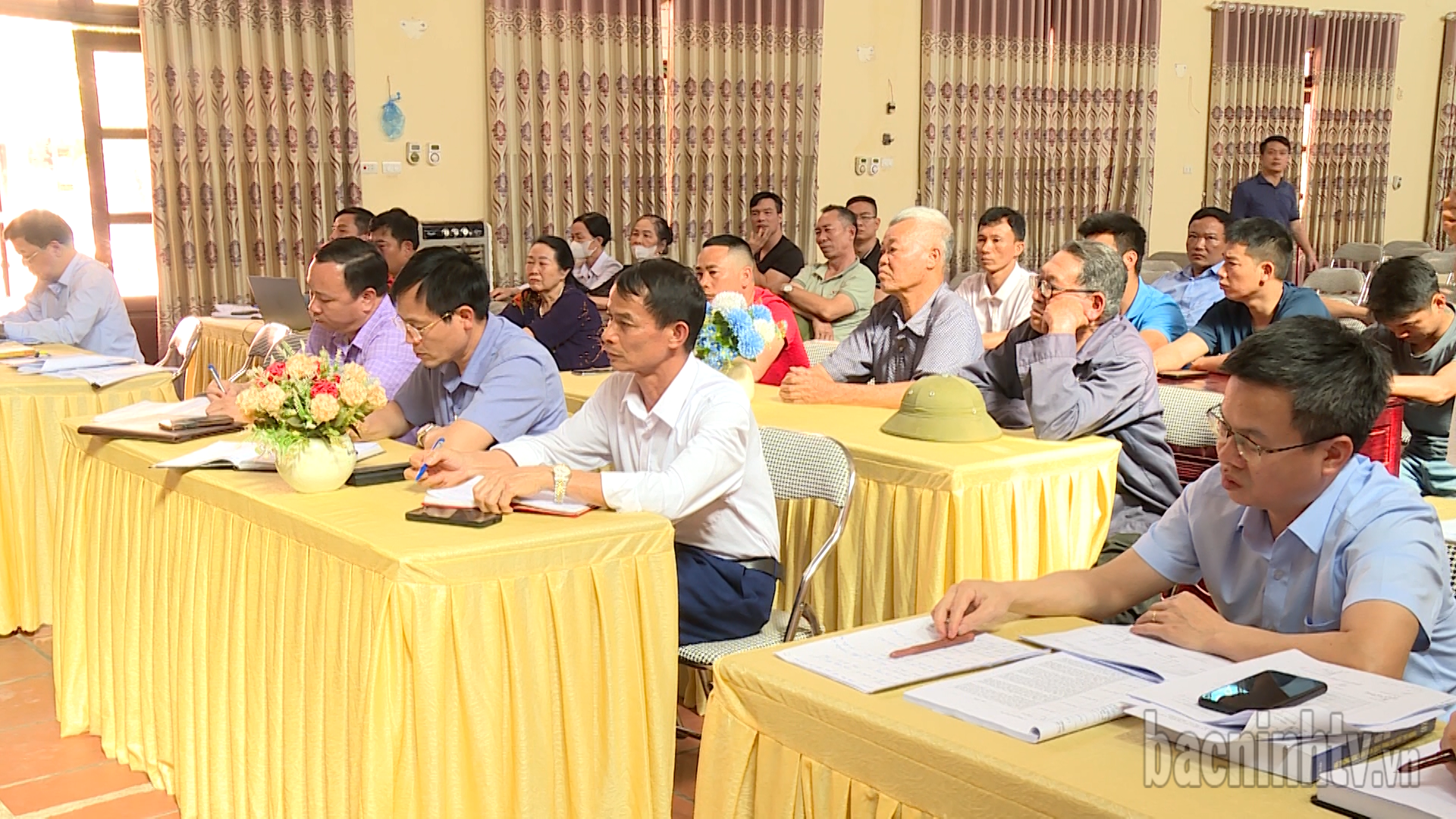

![[Photo] Peaceful Thai Bo vegetable village](https://vstatic.vietnam.vn/vietnam/resource/IMAGE/2025/4/17/6f6cc18e22224cd49f75d39495b7439b)



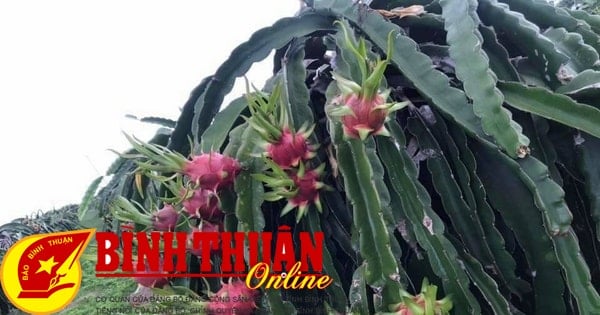

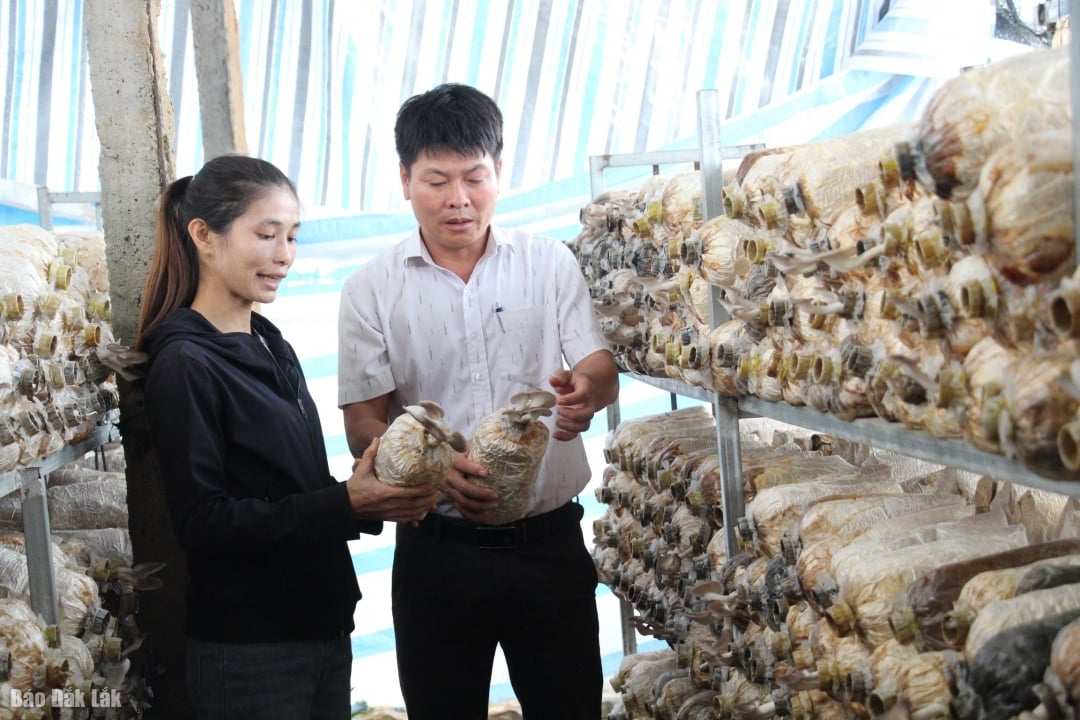

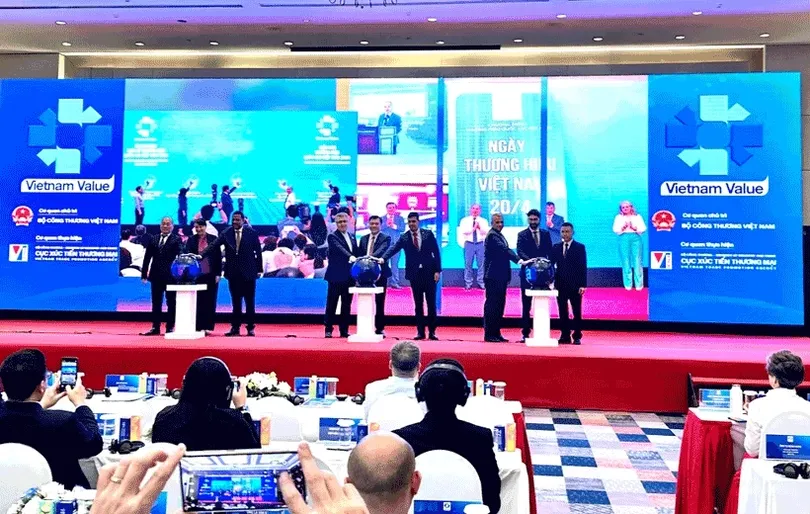

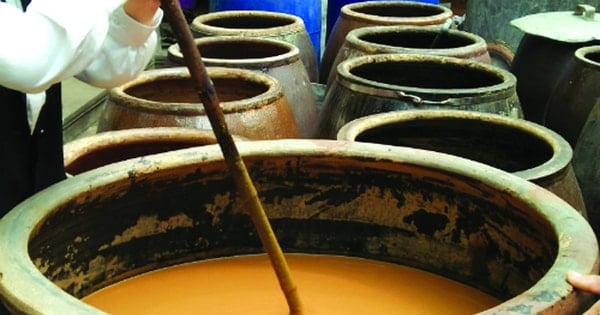


Comment (0)